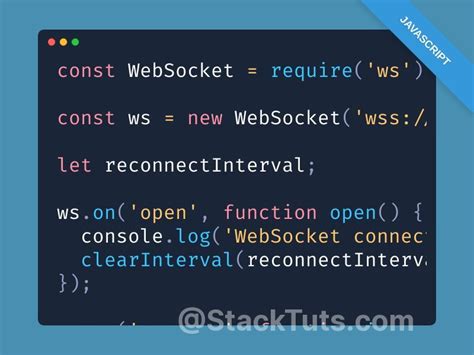Ethereum WebSocket Error: Unexpected Server Response
As a web developer building an application for tracking pump events on cryptocurrency exchanges, you’ve likely encountered several technical issues while implementing the necessary functionality. In this article, we’ll delve into a common issue that arises when trying to establish connections with a Websocket service provider.
The 431 Error: Understanding What It Means
When encountering a 431 error in Ethereum Websocket, it generally means that the server is not responding or providing an unexpected response. This can be caused by various factors, such as:
- Server overload: The server might be experiencing high traffic or is temporarily unable to respond due to maintenance or capacity issues.
- Network connection errors: A problem with your internet connection or the network infrastructure connecting you to the server can prevent data transmission.
- Data transmission issues

: Errors in the data being transmitted or received by the client (your application) can cause disconnections.
Evaluating the 431 Error
To diagnose and resolve this issue, follow these steps:
- Check server status: Look for any error messages or status updates on the provider’s website to determine if there are any issues with their servers.
- Verify network connectivity
: Test your internet connection to ensure that data is being transmitted correctly.
- Inspect the WebSocket protocol: Ensure that you’re using the correct WebSocket protocol (e.g.,
wss://example.com/websocket) and that your application is configured to handle errors properly.
Troubleshooting Steps
To resolve the 431 error, follow these troubleshooting steps:
- Disable and re-enable the WebSocket connection: Try disconnecting from the server and then reconnecting to verify if the issue persists.
- Check for firewall or proxy issues: Ensure that your application is not blocked by a firewall or proxy server that might be preventing data transmission.
- Verify WebSocket protocol version: Check that you’re using the correct WebSocket protocol version (e.g.,
wss://example.com/websocketshould use the latest WebSocket protocol version).
- Inspect logs for error messages: Review your application’s logs to identify any error messages related to the 431 error.
Example Use Case
Here’s an example of how you might handle a 431 error in your application:
const options = {
host: 'example.com',
port: 8080,
path: '/websocket',
};
letWebSocket;
try {
const ws = new WebSocket(options.path, {
// ...
});
ws.onmessage = (event) => {
console.log(Received message: ${event.data});
};
} catch (error) {
console.error('Error establishing WebSocket connection:', error);
}
In this example, we’re using a try–catch block to handle any errors that may occur when establishing the WebSocket connection. We’re also logging an error message for debugging purposes.
Conclusion
Establishing connections with Websocket providers can be challenging, and 431 errors are common issues that require attention. By following these troubleshooting steps and understanding what a 431 error means, you should be able to identify and resolve the issue preventing your application from scanning cryptocurrency pumps effectively.